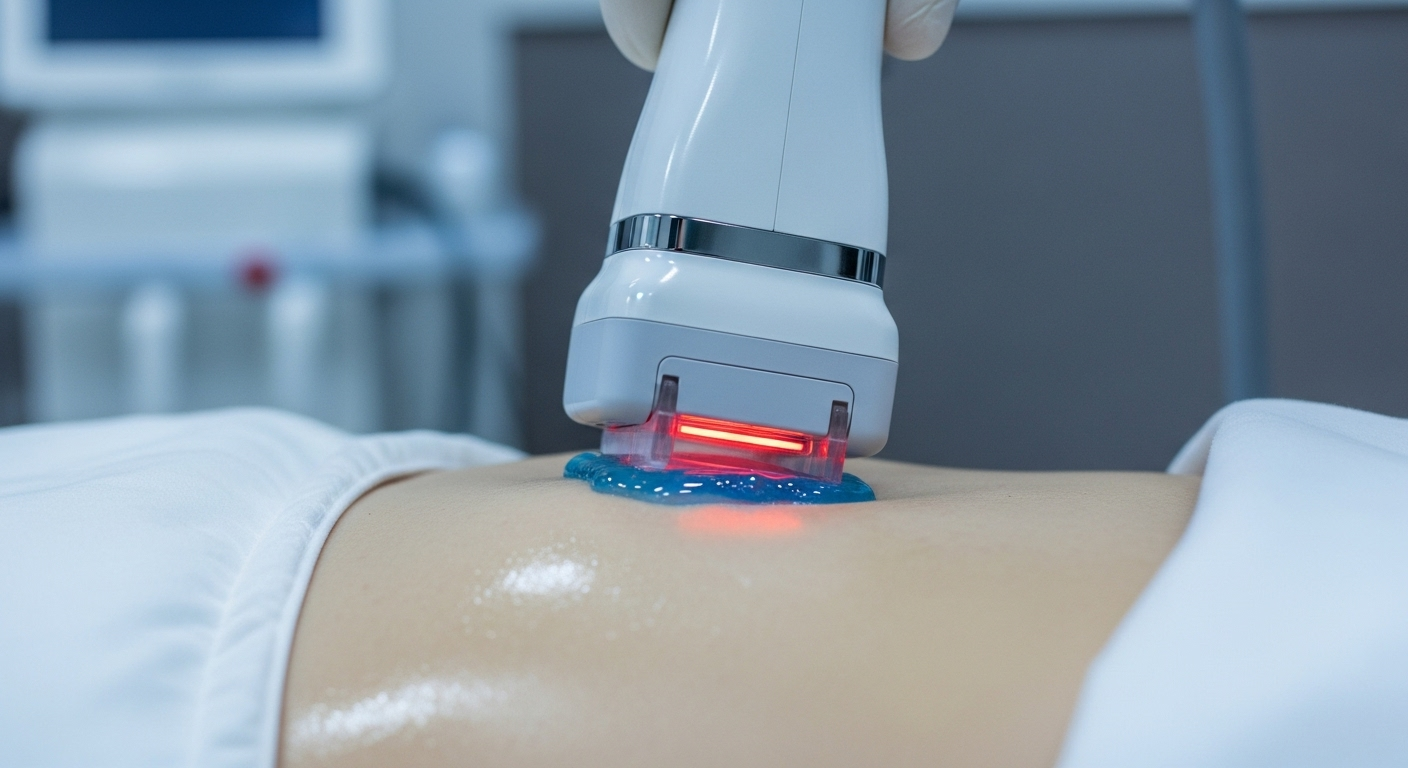Laser Hair Removal Guide: Smooth, Long-Lasting Results
Discover how laser hair removal delivers long-lasting hair reduction and smoother skin using targeted light energy. This non-invasive treatment suits many body areas and offers faster sessions, fewer ingrown hairs, and cost savings over time. Learn what to expect, how many visits you’ll likely need, typical costs, and how to prepare so you can decide if laser hair removal is right for you.

Laser hair removal has become a go-to option for people seeking a reliable alternative to shaving, waxing, or plucking. By using concentrated light to disable hair follicles, the procedure reduces hair growth over time and can create smoother skin with fewer maintenance sessions. Below is a clear, practical overview of what areas can be treated, the benefits and risks, expected treatment frequency, pricing, and preparation tips to help you make an informed choice.
Treatable areas
One of the strengths of laser hair removal is its adaptability. It can be applied to almost any part of the body where unwanted hair occurs, for both women and men. Frequently treated zones include:
- Face (upper lip, chin, sideburns)
- Underarms
- Arms
- Legs
- Bikini area
- Chest and abdomen
- Back and shoulders
Because sessions can be focused on small or large regions, treatments can be tailored to your goals — whether you want to remove facial hair or minimize hair across larger surfaces like the legs or back.
Key advantages
Compared with traditional hair removal methods, laser offers several notable benefits:
- Long-lasting reduction: While not always permanent, most people experience substantial, prolonged decreases in hair density and thickness.
- Precision: Lasers can target pigment in individual follicles without damaging surrounding skin when used correctly.
- Speed: Devices treat many hairs with each pulse, so small spots take minutes and larger areas can be completed relatively quickly.
- Fewer ingrown hairs: By damaging the follicle, laser treatments reduce the occurrence of ingrown hairs that are common after shaving or waxing.
- Potential long-term savings: Although the upfront cost is higher than a razor or a waxing appointment, fewer recurring treatments and products can make it more economical over time.
Safety and potential side effects
When administered by an experienced clinician or technician, laser hair removal is generally safe. Still, like any cosmetic procedure, there are possible side effects. Typical reactions are mild and short-lived, but you should be aware of them:
- Temporary redness and swelling at the treatment site
- Mild discomfort or a stinging sensation during or after the session
- Temporary changes in skin pigmentation (lightening or darkening), which usually resolve
- Rarely, blistering, scarring, or infection if post-care instructions are not followed or treatment is performed improperly
To reduce risks, choose a reputable provider with proper training, and follow pre- and post-treatment guidance closely.
How many sessions will you need?
The number of treatments varies based on hair color and thickness, skin tone, the growth cycle of hair in the treated area, and the specific device used. Most people require a series of sessions to catch hairs in different growth phases. A typical plan is:
- 6 to 8 sessions on average
- Sessions spaced roughly 4 to 6 weeks apart for areas with faster hair growth (like the face or underarms)
- Maintenance or touch-up visits occasionally after the initial course to address any regrowth
Darker, coarser hair often responds more quickly, while finer or lighter hair can be more resistant and may need additional treatments.
Typical costs
Costs depend on region, clinic reputation, device technology, and the size of the area being treated. Below is a general pricing guide per session and an estimated total for 6–8 treatments.
| Treatment Area | Average Cost per Session | Estimated Total Cost (6-8 sessions) |
|---|---|---|
| Upper Lip | $100 - $200 | $600 - $1,600 |
| Underarms | $150 - $250 | $900 - $2,000 |
| Bikini Line | $200 - $400 | $1,200 - $3,200 |
| Full Legs | $500 - $800 | $3,000 - $6,400 |
| Back | $400 - $600 | $2,400 - $4,800 |
| Full Face | $300 - $500 | $1,800 - $4,000 |
Prices, rates, or cost estimates mentioned in this article are based on the latest available information but may change over time. Independent research is advised before making financial decisions.
Preparing for treatment
Proper preparation improves safety and effectiveness. Follow these common recommendations before your appointment:
- Avoid sun exposure and tanning (including self-tanner) for at least two weeks prior to treatment. Tanned skin increases the risk of pigmentation changes.
- Shave the treatment area 24 to 48 hours before your visit so the laser energy reaches the follicle rather than burning surface hairs.
- Do not wax, pluck, or undergo electrolysis for at least four weeks before treatment; the hair follicle needs to be present for the laser to target.
- Tell your provider about all medications and supplements you take, as some can increase skin photosensitivity.
- Remove makeup, lotions, or creams from the area before the session.
Following your provider’s aftercare advice—such as avoiding heat, sun exposure, and heavy exercise for a short period—will help healing and final results.
Making the decision
If you’re considering laser hair removal, schedule a consultation with a qualified practitioner who can evaluate your skin and hair type, explain realistic outcomes, review the device they use, and outline a treatment plan and cost estimate. Proper expectations and a skilled operator are key to safe, satisfying results.
This article is for informational purposes only and should not be considered medical advice. Please consult a qualified healthcare professional for personalized guidance and treatment.






